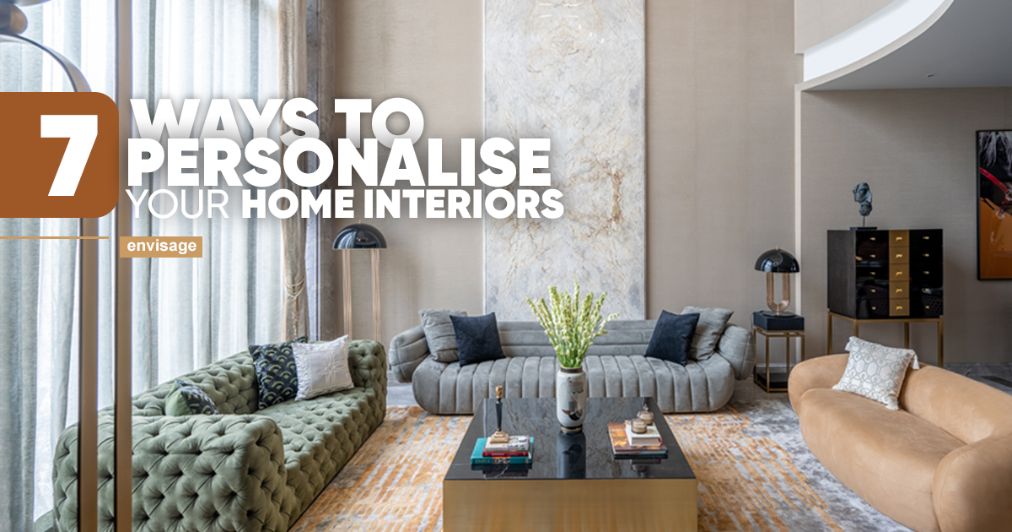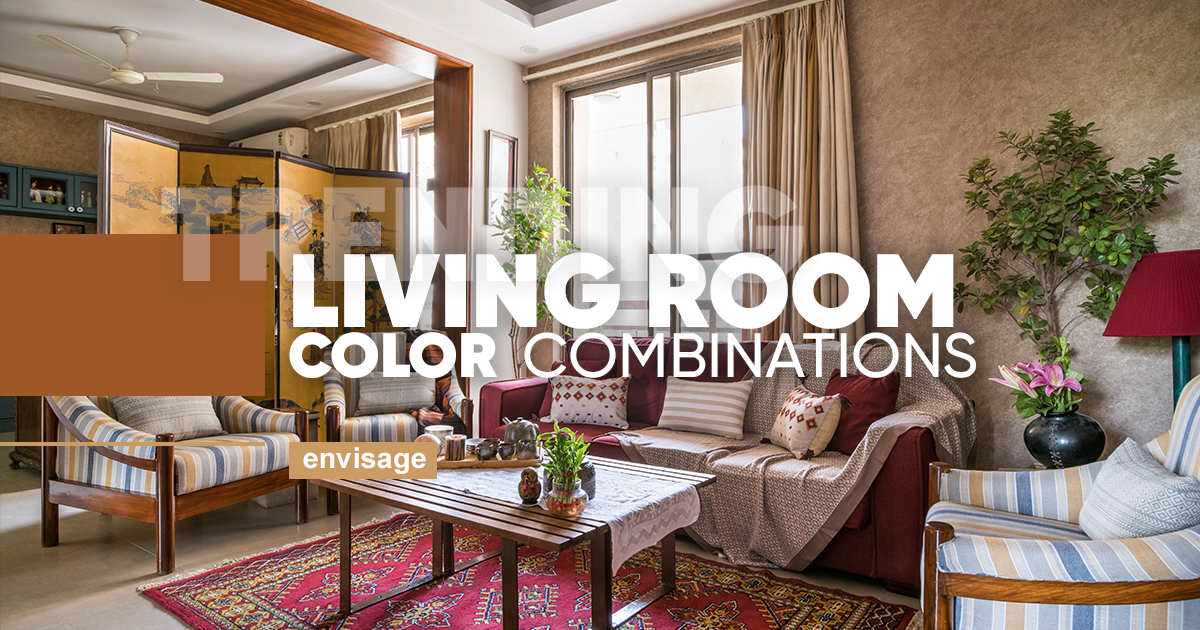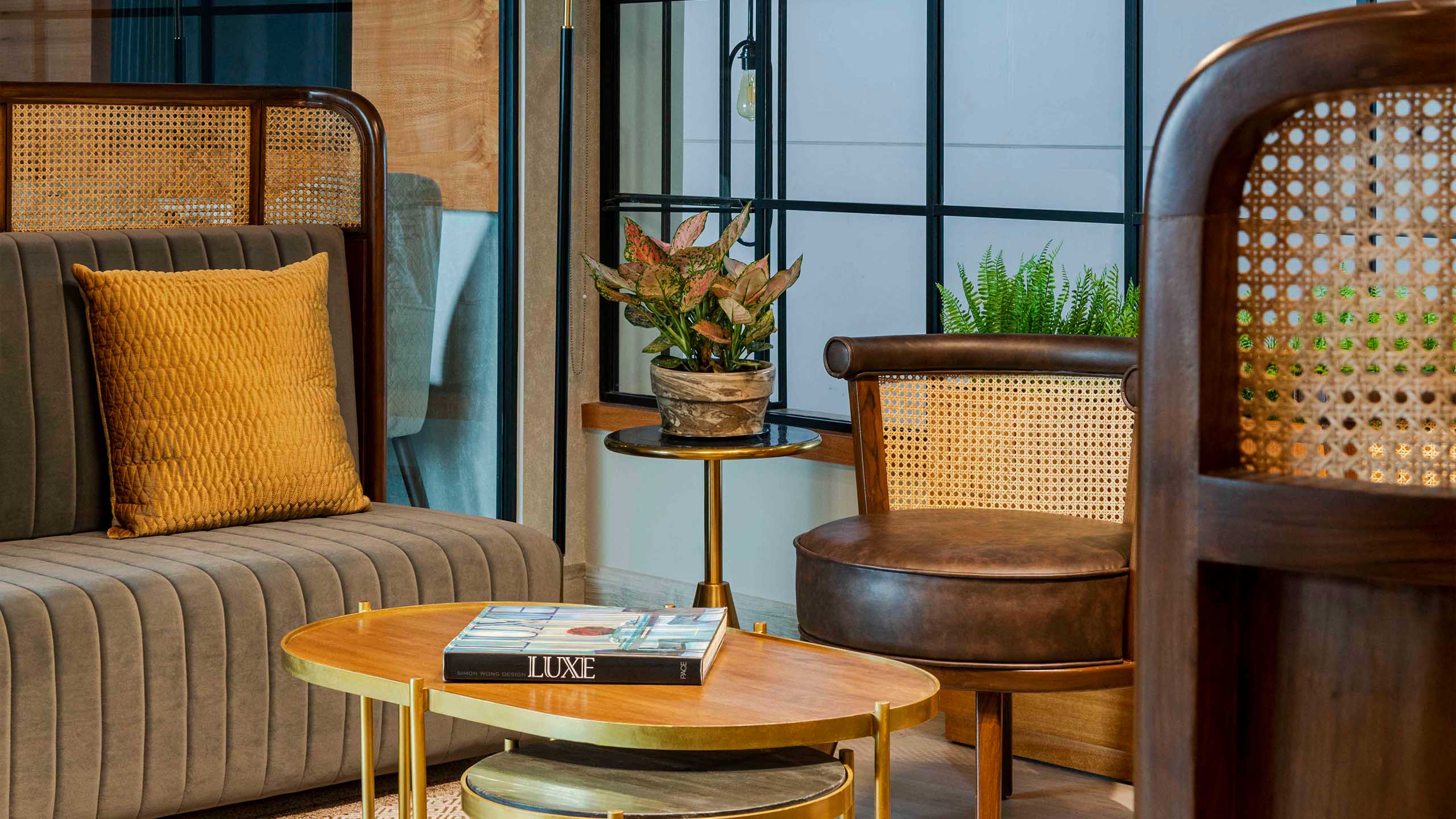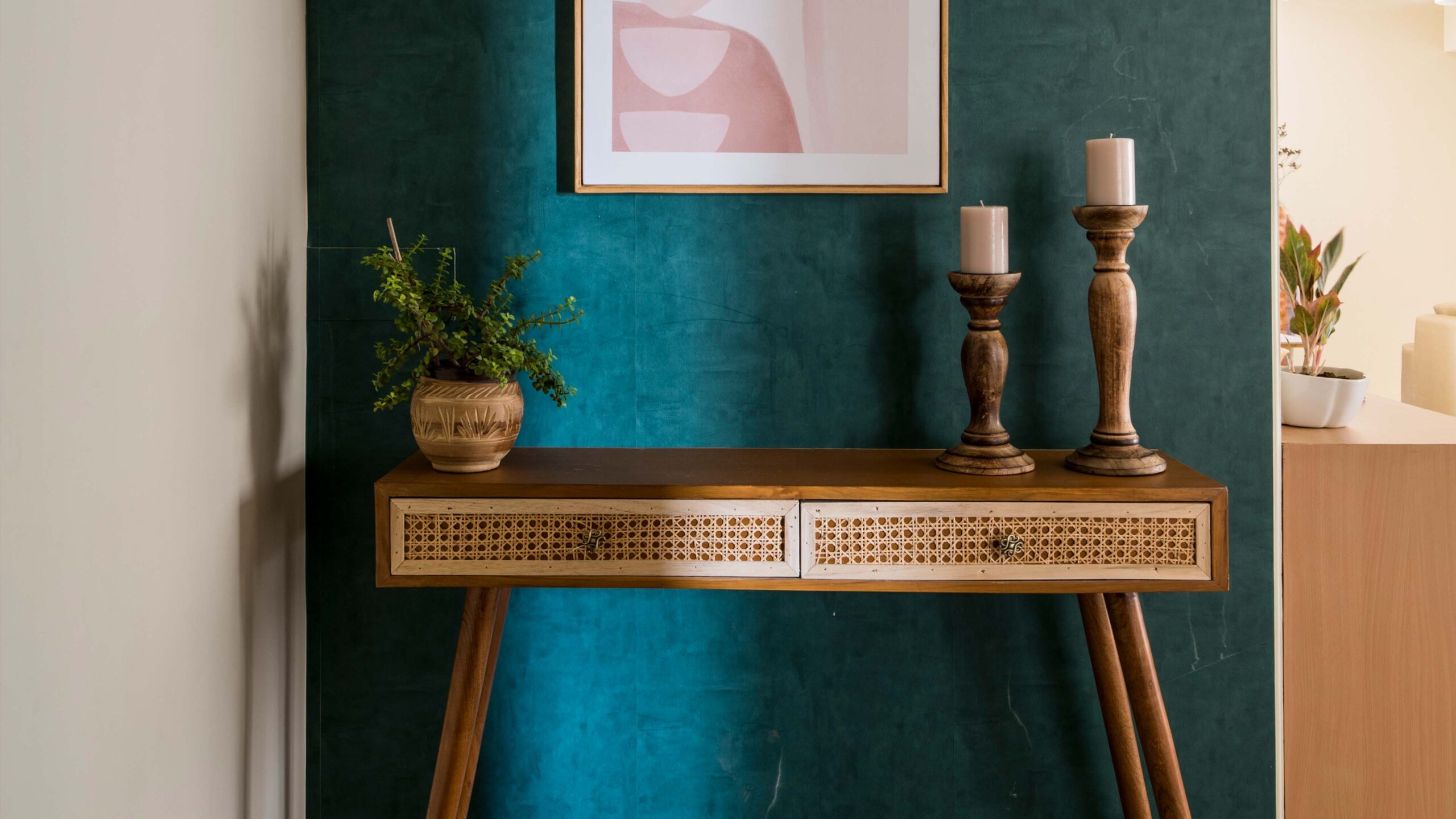Favourable Houses for a Healthy WFH Atmosphere
- Blog,
- Featured Blog
Understanding the inevitability of change is a requirement for the success of any industry. One not only needs to adapt to change, but also evolve with it. Home design now reflects the user’s belief system, comfort, roots and personal journey. It is also about investing in good sound technology wherever necessary. Be it automation, high-speed internet, energy-saving appliances or labour-saving gadgets- the definition of a home has now evolved with the new set of functions that the home caters to.
Work from home is here to last for longer than one imagined. Many have opted for a makeshift space for working, which is suitable for an odd Work from Home day, but is not a long term solution. Creating a dedicated space for studying and working is essential as it generates a peaceful ambience that helps one get productive and focused. Most of the work from home culture requires virtual calls, and a working desk working in the form of drawings, graphics and most commonly- computer application use. A designated workspace is essential, and an ideal way of arranging it is by placing the workspace by the window. This ensures proper sunlight in the home interiors and enables a visual connection to the outdoors. As the new education system adapts to digital learning, video calls for classes need the background to be clutter-free to ensure no disturbance. The mind works well when the surroundings are clean. Decluttering the house by investing in organizers, desks, drawers, and wardrobes helps tackle visual disarray.
Mechanical ventilation is an absolute energy guzzler and a health hazard, but most professionals and students are accustomed to them. A typical way to enable balanced ventilation is by keeping track of the time that the Air-Conditioners have been operational. This helps save energy and also keeps you safe from cold and other ailments.
Another essential aspect to keep in mind is site planning. Be it a condo or a villa, looking at the planning of the immediate surroundings’ can make a difference. The focus should be on open spaces, accessible greens, sports facilities and natural light, rather than high-density planning. When working from home, most of us are dependent on our immediate surroundings for a mental and physical break that needs to be carefully analysed before investment. Balconies and terraces are essential because, amidst the pandemic, these are the only ‘outdoor spaces’ that one could occupy; a connection to the outdoors is critical for mental well-being.
Space has become a reason for both fear and safety for all of us. We fear unknown built spaces, and our own homes have become our refuge. As architects and interior designers, our engagement with space has thus become much more profound and philosophical. The purpose of the house goes beyond basic necessities and instead, it serves as a place of comfort, soothing, and interaction. The post-COVID design thus needs to be a space that has adaptability at the core of its design. Most importantly, it prepares one that considers both – the physical and mental well-being of its occupant – for a safe journey ahead.




